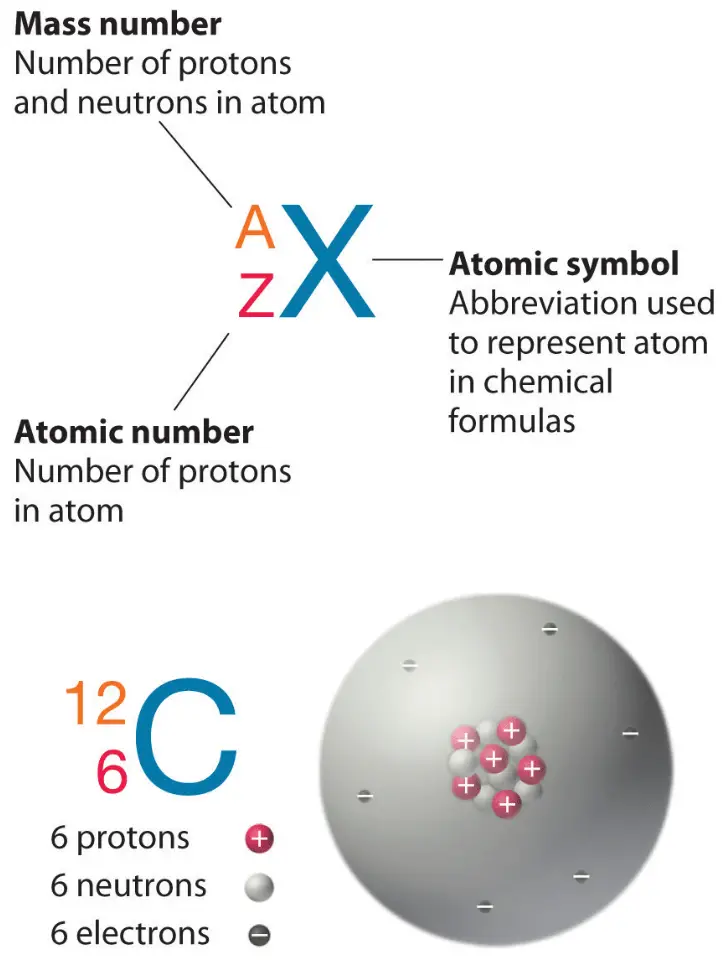Nucleons, those enigmatic entities nestled within the atomic nucleus, are the quintessential power players in the vast theater of atomic structure. Comprised of protons and neutrons, nucleons form the very bedrock of matter, orchestrating the symphony of forces that culminate in the existence of elements and the complex tapestry of chemical reactivity. To understand the significance of nucleons, we must delve deeper into their composition, interactions, and the critical roles they play in the universe.
At the heart of every atom lies its nucleus, a densely packed core akin to the vibrant heart of a star, where immense energy and intricate interactions transpire. Within this nucleus, protons—positively charged particles—stand resolute against the backdrop of their neutron companions, which bear no charge. This interplay between protons and neutrons is fundamental to the stability and identity of the element. The number of protons, also known as the atomic number, defines the element itself, while the collective number of nucleons (protons and neutrons) provides insight into the isotope—a variant of an element, distinguished by its unique neutron count.
Considering their profound implications, one may liken nucleons to the intricate gears of a finely tuned machine. Each proton and neutron plays a pivotal role in the function and stability of the atomic structure. The forces that govern their behavior are primarily the strong nuclear force—a formidable interaction that binds nucleons together with an intensity that vastly exceeds that of electromagnetic forces. The strong nuclear force, while profoundly effective over short ranges, diminishes with distance, engendering a delicate balance between repulsion and attraction as protons, with their like charges, strive to break free from each other.
A prime illustration of this delicate dance is found in the stability of heavy nuclei. Larger atomic masses, characterized by an orchestra of both protons and neutrons, often succumb to radioactive decay—a process where unstable nucleons relinquish energy in an attempt to reach a more stable state. This decay may manifest as alpha particles, beta particles, or gamma radiation, each a testament to the underlying instability wrought by the tenuous balance of nucleons within the nucleus. The fascinating decoupling of these particles can be seen as the universe’s way of recalibrating itself toward equilibrium, revealing the profound effects nucleons have beyond mere atomic existence.
Moreover, the variation in the ratios of protons to neutrons marks the kaleidoscopic diversity of isotopes, each possessing unique physical and chemical properties. This aspect of nucleons holds monumental implications in various fields—consider carbon-14, the isotope leveraged in radiocarbon dating, providing crucial insights into the age of archaeological finds. The interplay of isotopes not only aids in the understanding of historical timelines but also serves modern applications, including medicine and nuclear power—a striking testament to the critical role of nucleons in shaping both science and society.
In terms of nuclear reactions, nucleons become the unwitting actors in dynamic transformations that yield powerful effects. Fission, the splitting of heavy nuclei into lighter ones, is a prime example, releasing an extraordinary amount of energy. Conversely, fusion—the merging of light nuclei into heavier counterparts—powers stars, including our sun, demonstrating how nucleons are not just passive inhabitants of the atomic nucleus; they are the very catalysts for the processes that define existence itself. These reactions underscore the duality of nucleons as both creators and destroyers, essential in fueling the stars above and harnessing energy for human endeavors on Earth.
Furthermore, the study of nucleons extends into cutting-edge fields such as particle physics and cosmology. Accelerators, the modern-day coliseums of particle experimentation, collide nucleons at near-light speeds, exposing the fabric of matter and the fundamental forces that govern it. Insights gleaned from these experiments probe the very edges of our understanding, contributing significantly to the Standard Model of particle physics. Through the lens of nucleons, physicists attempt to unravel the mysteries of dark matter and the genesis of the universe, pondering profound questions about existence itself and our place in the cosmos.
Interestingly, the narrative woven around nucleons does not exist in isolation. They are intrinsically linked with the electrons that whiz around the nucleus, forming an ever-intricate dance of electromagnetic interactions. The juxtaposition of nucleons’ dense, almost static nature against the dynamic swirls of electrons encapsulates a larger metaphor for the intrinsic balance of stability and chaos that pervades our universe. Just as nucleons define elemental identity, electrons determine atomic behavior and reactivity, creating a harmonious interplay essential for the myriad of chemical reactions that sustain life.
In conclusion, nucleons stand as the pillars upon which the edifice of matter is constructed. Their complex interactions and structural significance render them not merely components of the atomic nucleus but rather agents of transformation and stability within the universe. The compelling dynamics of protons and neutrons serve as a reminder that within the infinitesimally small, there exists a realm of power and influence that shapes everything from the stars in the sky to the substances that constitute our everyday lives. In deciphering the profound roles of nucleons, we capture a glimpse of the very essence of the cosmos, drawing us closer to understanding the fundamental nature of reality itself.












